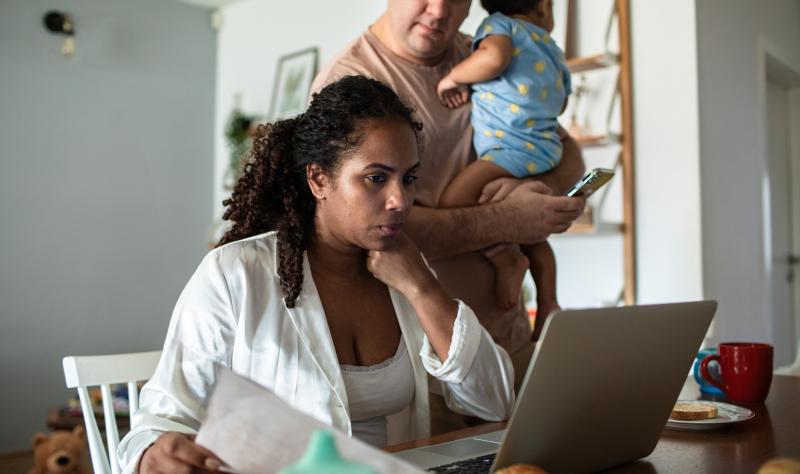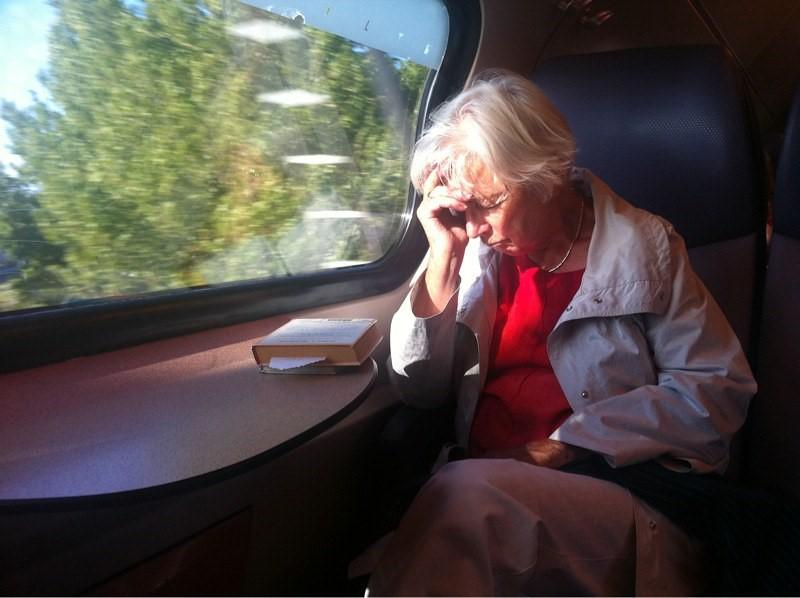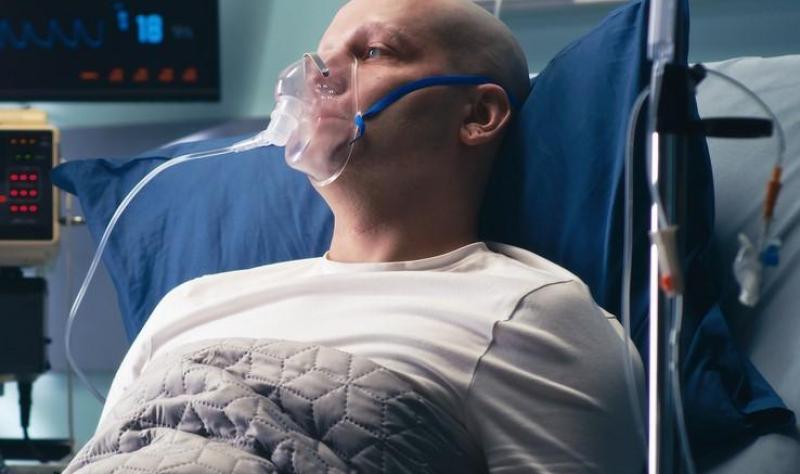Disadvantaged COVID survivors at over twice the risk for long-term symptoms, researchers say
Risk factors included financial hardship, food insecurity, lack of a college degree, medical discrimination, and poor social support.


COVID-19 survivors who experience social and economic hardship may be at higher risk for persistent symptoms, a Harvard Brigham and Women’s Hospital (BWH)–led research team reports in the Annals of Internal Medicine.
For the observational study, the investigators collected the results of a baseline questionnaire on socioeconomic factors and a 6-month symptom survey from 3,700 US adults enrolled in the RECOVER-Adult (Researching COVID to Enhance Recovery) cohort. Participants, who had a COVID-19 Omicron infection within the previous 30 days between October 2021 and November 2023, lived in 33 states, Puerto Rico, and Washington, DC.
The average participant age was 49 years, 69% were women, 60% were White, 14% were Black, 13% were Hispanic, 7% were Asian, 6% were pregnant, 4% were unemployed due to disability, and 69% had one or more chronic conditions.
“Social determinants of health (SDoH) are the ‘conditions in which people are born, grow, work, live and age, and the wider set of forces and systems shaping the conditions of daily life,'” the researchers noted. “A disproportionate burden of social risk factors, defined as individual-level ‘adverse social conditions that are associated with poor health,’ within these domains contributes to disparities in acute and chronic conditions.”
Skipping medical care due to cost was biggest risk factor
Of 3,787 participants, 35% had at least one measure of economic instability, most often financial hardship, at 29%. A total of 28% had less than a college education, 29% cited one or more healthcare access or quality barriers, 18% had experienced discrimination in a medical setting, and 73% reported at least one social or community support challenge, with 22% citing a lack of social support and 28% reporting a lack of neighborhood cohesion.
In total, 11% of participants developed long COVID. Financial hardship (adjusted marginal risk ratio [ARR], 2.36), food insecurity (ARR, 2.36), lack of a college degree (ARR, 1.60), experiences of medical discrimination (ARR, 2.37), foregone medical care due to cost (ARR, 2.87), lack of social support (ARR, 1.79), and living in ZIP codes with the most crowded households (ARR, 1.36) were linked to an increased risk of long COVID.
Also, the more social risk factors a participant had across multiple domains, the higher the risk of lingering symptoms. While minority racial groups had a significantly greater burden of socioeconomic risk factors than their White peers, the risk factors appeared to affect White, Black, and Hispanic adults similarly.
Policy interventions needed
The authors noted that “physiologic mechanisms whereby people embody social risk factors through biological embedding, with epigenetic changes as well as multiorgan system and microbiome alterations” may also play a role in increasing the risk of persistent COVID symptoms.



